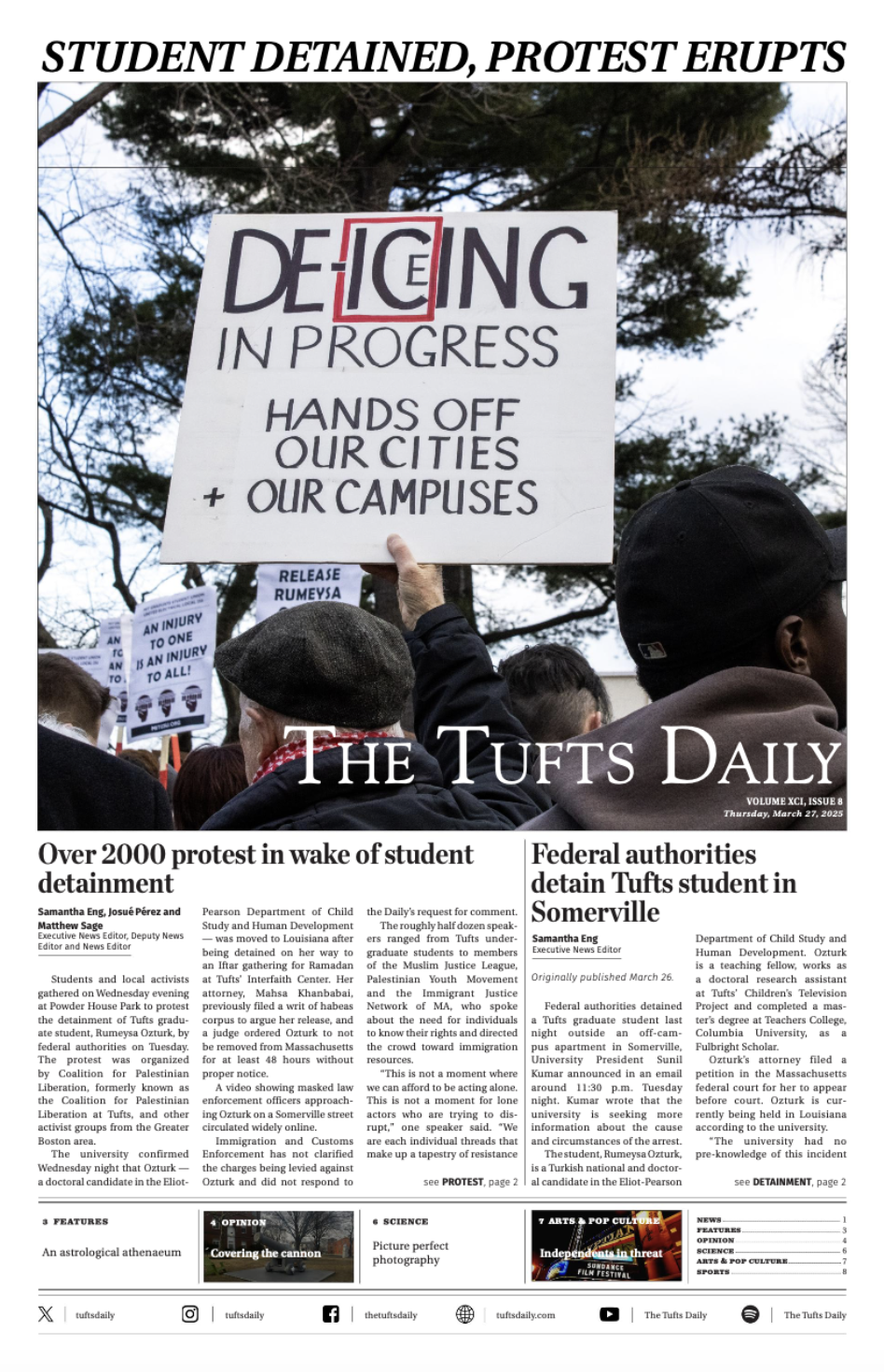Libraries are central to university life. They supply students with numerous resources, ranging from books and online databases to study locations. Every time I enter the library, I’m greeted with shelves upon shelves of books as I make my way to my usual study spot. I’ve noticed that these books remain largely untouched; many are covered in a thin layer of dust.
It seems obvious that books would be a necessary, innate part of libraries. However, I’ve yet to be in a situation where I’ve required one from the Tisch Library. Have physical books become obsolete as resources?
Tisch Library’s circulation records have shown a substantial decline in the number of materials checked out in recent years. Between fiscal years 2016 and 2023, the number of items in circulation has dropped from over 120,000 to just over 20,000. As online readings become the new norm for classes and Tisch’s online collection continues to grow, students have less of a need for physical books. Online readings have their benefits; they’re certainly more easily accessible. However, that’s not to say that physical books don’t still have their upsides. Many people simply prefer to read from print books, and a number of studies have found that print books improve reading comprehension.
Tisch Library houses a staggering one million physical books. Considering the aforementioned statistics, it may no longer be necessary or even logical to keep all of these books on-site. Moving a portion of books to an offsite library may be a legitimate course of action to consider.
In an interview with the Daily, Dorothy Meaney, the director of Tisch Library, explained that the library is able to track which titles get the most traction through their circulation data. Meaney suggested that the titles that are checked out most frequently could stay on campus while those that are checked out the least are moved, creating a curated collection that would be held at the Tisch Library. Martha Kelehan, assistant director of research and learning, commented that doing so would allow the library to give “a bigger footprint to Special Collections or the Digital Design Studio.”
Tisch Library Special Collections and Digital Design Studio are two helpful resources offered by the library. I’ve encountered both in separate classes of mine, using the Special Collections to read old copies of philosophical works and the Digital Design Studio to create a podcast. In both instances, these components of the library allowed me to engage with my class material in a new, interesting way, but I never would have known they existed otherwise. Paring down the number of unused books in Tisch could allow these resources to shine, and the additional seating this could provide wouldn’t hurt either.
While physical books may no longer be the go-to resources for students, libraries continue to maintain their importance. Tisch Library provides students with a quiet and sometimes comforting space to do work with the support of a number of resources. As physical books lose their necessity, new resources should rise to the forefront. Without giving up on print books entirely, we should allow these new resources the space to be seen.





